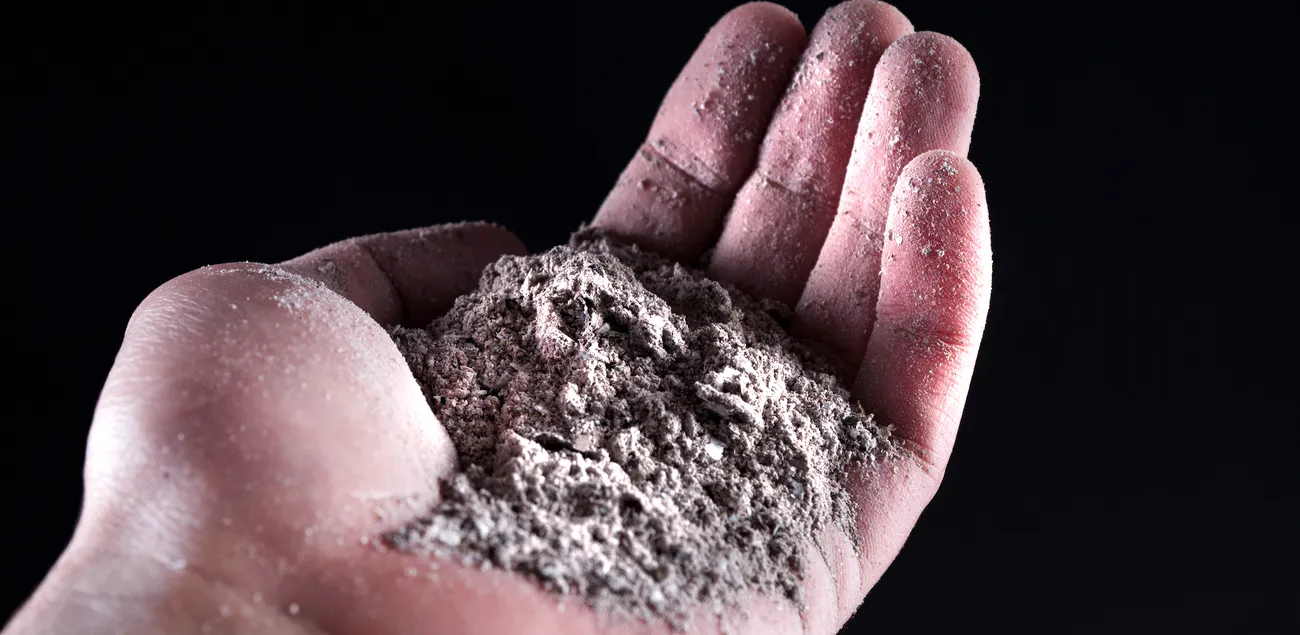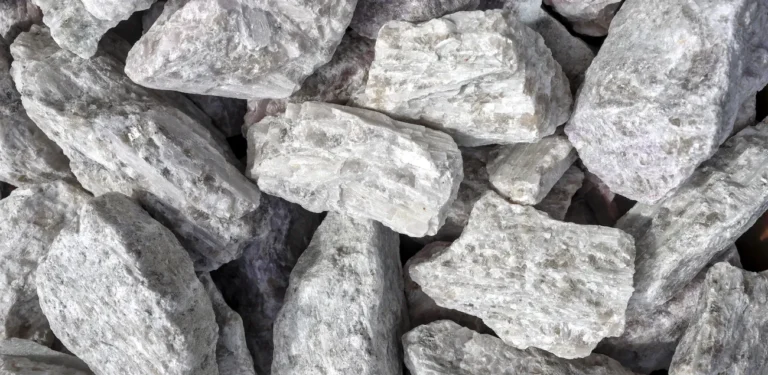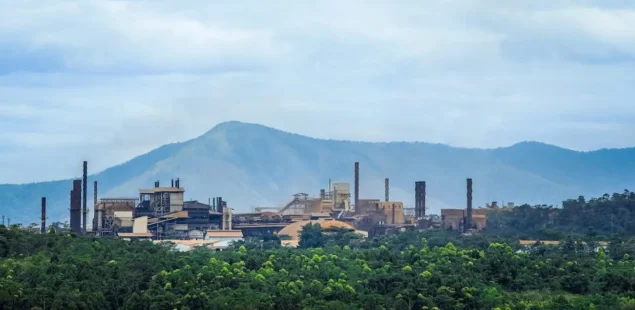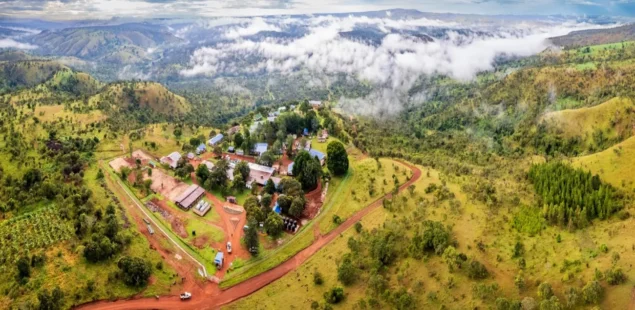
Monash University, a research institution in Melbourne, has unveiled a process to recover all 17 rare earth elements (REEs) from coal fly ash, mine tailings and electronic waste with recovery rates above 90%, positioning waste streams as an immediate feedstock while new mines face long lead times and capital hurdles. The team says coal fly ash alone could yield up to 45,000 t/y of rare earth metal—more than twice Australia’s 2021 output and nearly 30% of current global production—enough for magnets for roughly 15 million electric vehicles.
How the process works and where it stands
Coal fly ash—especially from Victoria’s brown coal—has been an environmental burden, accumulating in dams and landfills. Monash’s approach reframes it as ore. The researchers report efficient extraction across the entire REE suite, including high-value magnet elements such as neodymium and dysprosium. A practical advantage claimed for Victoria’s ash is the typical absence of thorium and uranium, removing radioactivity considerations that complicate many conventional REE projects.
Scale-up has moved beyond bench work. Monash has progressed from lab experiments to a 30-litre unit, is designing a 100-litre semi-continuous system, and plans a demonstration plant on campus. The programme has received industry recognition and, according to the university, is advancing with government and corporate partners toward commercialisation. “By treating these stockpiles as a resource, not waste, we can make immediate use of existing materials while avoiding the environmental footprint of new mining,” Monash said.
Potential supply impact and the policy angle
If realised at industrial scale, a 45,000 t/y theoretical yield from coal fly ash would materially alter Australia’s REE balance, complementing mine supply and reducing exposure to overseas processing bottlenecks. The concept aligns with policy goals around circular economy and onshoring critical minerals value chains. It also offers a route to remediate legacy ash ponds while creating domestic inputs for permanent-magnet manufacturing used in EV traction motors and wind-turbine generators.
Australia produces more than one million tonnes of fly ash annually, with larger stockpiles nationwide. The ready availability of this material could accelerate timelines compared with greenfield mines that often take a decade or more from discovery to production and face permitting, community, and ESG scrutiny. Monash frames the effort as a chance to “build a circular, more resilient supply chain… by unlocking value from what we already have.”
Industry context and applications
The REE segment is dominated by magnet materials—primarily neodymium-praseodymium (NdPr) with dysprosium and terbium for high-temperature performance—feeding transport electrification and renewable power. Diversifying sources beyond primary ore has been a long-running objective across the sector. Urban mining of e-waste is especially attractive given higher contained grades than many natural deposits, while mine tailings and coal ash represent large, underutilised inventories already at surface.
In practice, deploying such processes will require consistent feedstock characterization, impurity management, and downstream separation into individual oxides or alloys. Commercial viability turns on reagent costs, energy intensity, waste handling, and the ability to integrate with refining stages that meet magnet-grade specifications.



